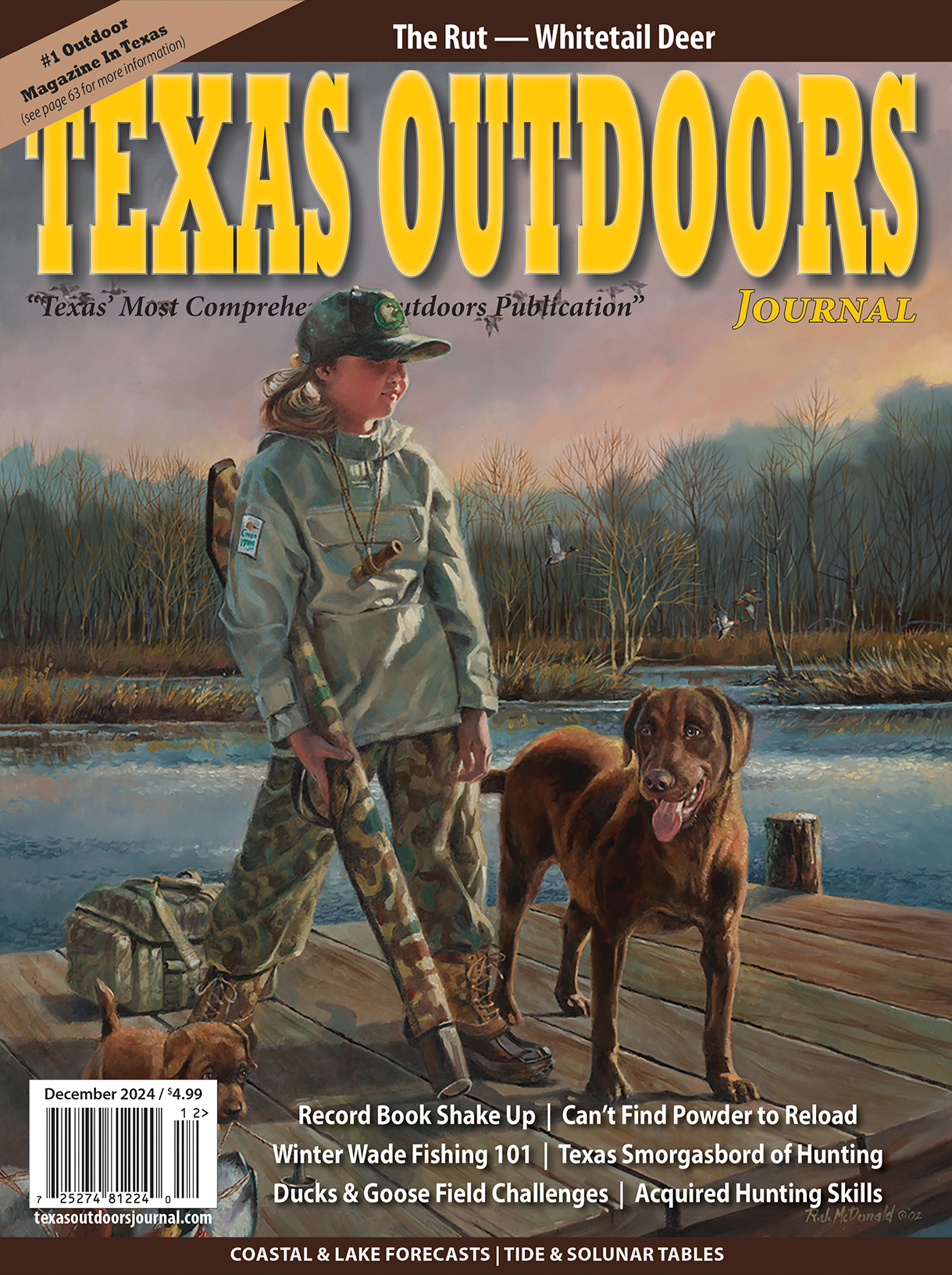
TPWD Urges Caution Around Rookery Islands to Protect Waterbird Nesting Grounds
AUSTIN — As spring weather transitions to summer and outdoor enthusiasts begin to flock to the coast, boaters will begin to see islands covered with large congregations of nesting birds. These islands, known as rookery islands, provide breeding homes (and nurseries) for thousands of iconic coastal birds such as brown pelicans, roseate spoonbills, black skimmers, reddish egrets and other species in Texas bays.
The Texas Parks and Wildlife Department (TPWD) encourages boaters and anglers to watch out for these nesting birds while on the coast, so they aren’t disturbed during this sensitive time. With too many disturbances, an entire colony of thousands of birds may abandon an island and give up on breeding for the year, which can potentially lead to drastic population declines.
“When approached too closely by boaters or people wading nearby, birds are frightened off their nests, leaving eggs and chicks exposed to the summer sun, which can cause them to overheat,” said Trey Barron, a diversity biologist with TPWD. “We hope that Texas boaters and anglers take special care on the coast this summer to protect these important bird species while they care for their young. The abandoned nests could allow opportunistic predators like gulls and grackles to quickly swoop in and feed on them.”
Colonial nesting waterbirds — whose nests, eggs and chicks are protected under the federal Migratory Bird Treaty Act and by Texas Parks and Wildlife Code — typically nest from late February through August. The small nesting islands, including spoil islands, may only appear to be large sandbars putting the birds at a greater risk of encountering coastal anglers, boaters, birdwatchers and wildlife photographers, among others. More than half of the 25 species of colonial nesting waterbirds seen in Texas are experiencing major population declines.
These birds and their habitats are valuable to Texas. Black skimmers, the species featured on the logo of the TPWD Great Texas Coastal Birding Trail signage, have declined about 70 percent since record-keeping began with Texas colonial waterbird surveys in 1973. The reddish egret, a state threatened species with more nests in Texas than almost anywhere, attracts birders from all over the world.
The Texas Colonial Waterbird Society, a large partnership of federal and state agencies, universities and nonprofit organizations, recommends that people fish, swim and play at least 50 yards from rookery islands to minimize unintentional (and potentially illegal) disturbances. While the nesting islands are often attractive spots for kayakers and other boaters, it’s important for humans, and their pets, to keep a safe and respectable distance.
In addition to avoiding rookery islands during the nesting season, it’s recommended that boaters and anglers properly dispose of fishing line, tackle and other waste to ensure that no birds, turtles or other marine life become entangled, injured or killed.
For more information visit https://tpwd.texas.gov/huntwild/wild/wildlife_diversity/tcws/.








